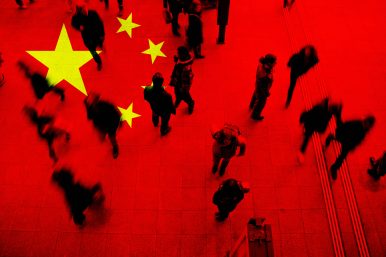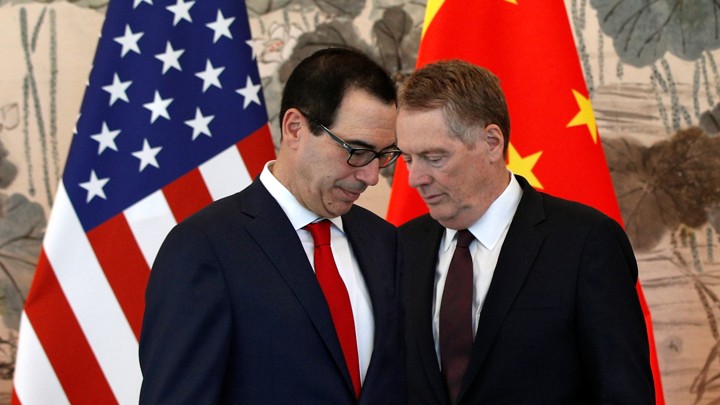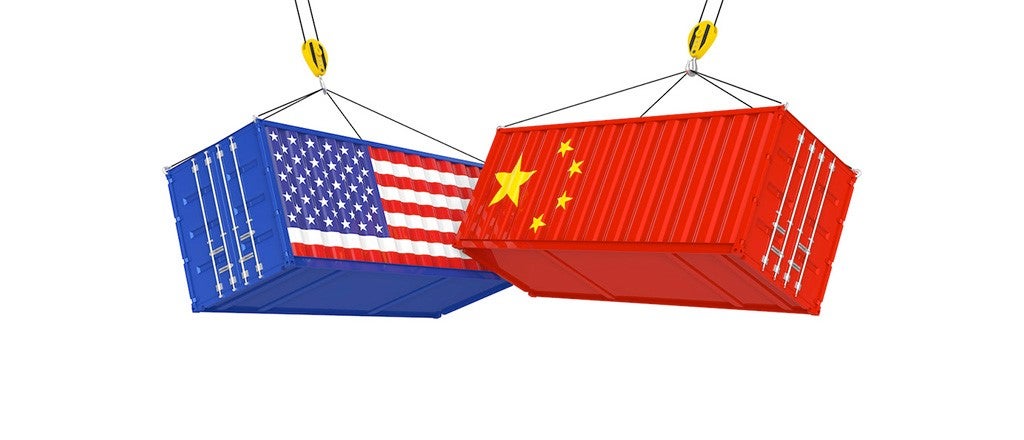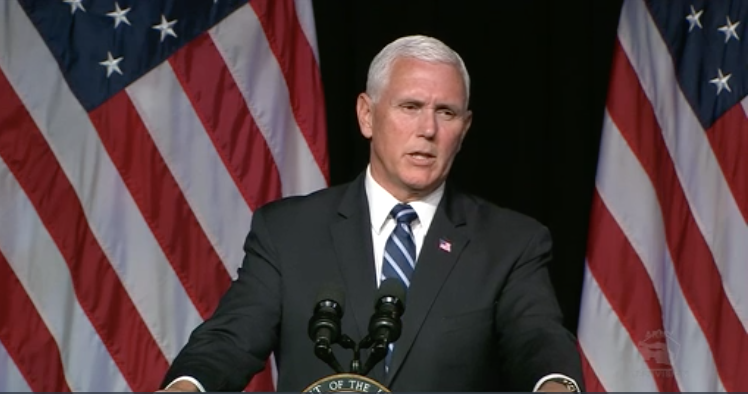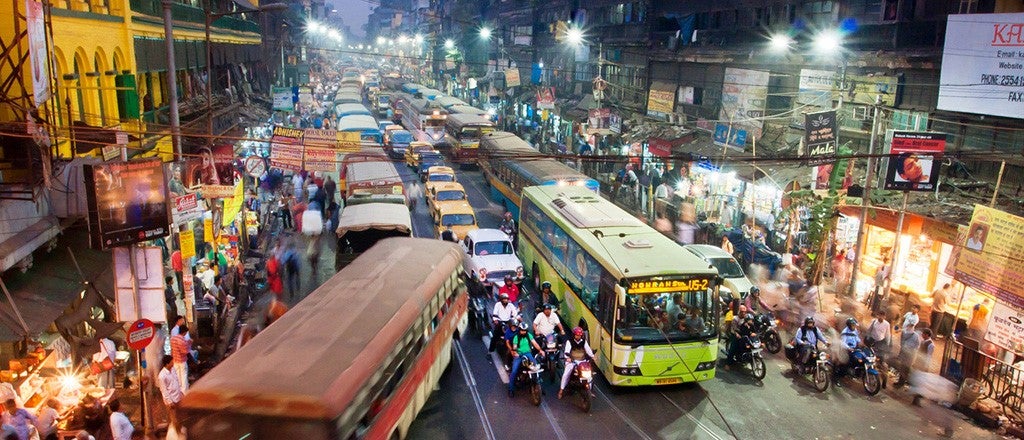 Urban economic development indicators such as higher income levels and higher motorization rates are generally associated with better overall mobility, chiefly because people can spend their time more productively than idling away in traffic snarls. Among the tools urban planners typically use to increase mobility is congestion pricing, such as New York City’s recent decision to impose tolls on vehicles entering its busiest areas.
Urban economic development indicators such as higher income levels and higher motorization rates are generally associated with better overall mobility, chiefly because people can spend their time more productively than idling away in traffic snarls. Among the tools urban planners typically use to increase mobility is congestion pricing, such as New York City’s recent decision to impose tolls on vehicles entering its busiest areas.
However, such mechanisms will not work in urban India, where planners must focus more on so-called “uncongested mobility” than on reducing actual congestion caused by vehicular traffic. Uncongested mobility essentially refers to the speeds vehicles can reach after navigating everyday obstructions, such as pedestrians, hawkers, stray dogs and cattle. That is the central finding of a research paper titled “Mobility and Congestion in Urban India.”
“One thing that surprised us the most is that on average, across urban India, there is not actually that much congestion,” said the paper’s co-author, Wharton real estate professor Gilles Duranton. “Traffic flows are slow, but they are slow all the time.” The paper’s other co-authors are Prottoy A. Akbar from the University of Pittsburgh; Victor Couture of the University of California, Berkeley; Ejaz Ghani, lead economist at the World Bank; and Adam Storeygard of Tufts University.

